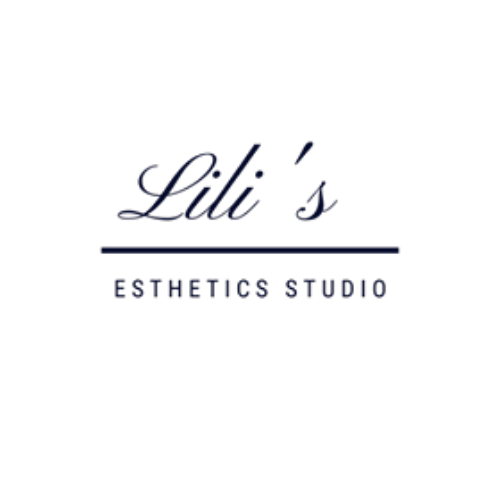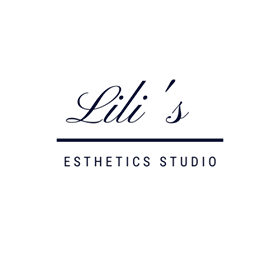Did you know that every substance on Earth has a chemical composition?
Demystifying Chemicals in Beauty Products: Separating Fact from Fear
Introduction - As an esthetician, I understand the importance of using safe and effective products on my client's skin.
More and more questions about chemicals in products come up in my discussion with my clients.
However, the term "chemicals" has become a source of fear and confusion in the beauty industry. Many consumers mistakenly associate the word "chemical" with something harmful, toxic, or unnatural. In reality, chemicals are everywhere and play a crucial role in the composition of everyday products, including water (H2O).
In this blog, we will delve into the world of chemicals in beauty products, aiming to dispel myths and shed light on the importance of understanding the diverse compounds we encounter daily.
The Reality of Chemicals: It is essential to recognize that everything is made up of chemicals. Whether natural or synthetic, all substances consist of chemical elements and compounds. Water, the fundamental building block of life, is a prime example. H2O, composed of two hydrogen atoms and one oxygen atom, is a chemical compound vital for human survival. By understanding this fundamental truth, we can begin to demystify the misconceptions surrounding chemicals in beauty products.
The Good and the Bad: Not all chemicals are created equal; this is where the crucial distinction lies. When used in beauty products, some substances can benefit the skin. For example, hyaluronic acid, a chemical compound found naturally in the body, is celebrated for its moisturizing properties. Similarly, alpha hydroxy acids (AHAs) and beta hydroxy acids (BHAs) are effective exfoliants that promote skin renewal and radiance.
On the other hand, certain chemicals, when misused or inappropriately formulated, may lead to adverse reactions or potential harm. For instance, parabens and sulphates have raised concerns due to their potential to cause skin irritation or disrupt hormonal balance in some individuals. As a responsible esthetician, it is essential to stay informed about these chemicals and their effects on various skin types to ensure the safety and well-being of my clients.
Navigating Ingredient Lists: One of the challenges consumers face is deciphering complex ingredient lists on beauty product labels. With names that sound foreign and intimidating, it is no wonder that many opt for "natural" alternatives instead. However, it is crucial to remember that the mere presence of chemical-sounding names does not automatically imply danger.
Education is key to understanding ingredient lists. Familiarizing yourself with common chemical names will enable you to make informed decisions about the products you use and recommend. Moreover, consulting reputable sources and scientific studies can provide valuable insights into the safety and efficacy of specific chemicals.
Embracing Science and Technology: Scientific research and technology advancements have revolutionized the beauty industry, developing innovative, high-performing products. From retinoids that combat aging to antioxidants that shield the skin from environmental damage, science plays a pivotal role in creating effective skincare solutions.
As an esthetician, embracing scientific advancements can elevate and enhance the results you are looking for. As some of you know, I read, participate, and take webinars as much as I can to educate myself on the latest research and stay updated on emerging trends to ensure I remain at the forefront of skincare knowledge.
The Role of Regulation: Regulatory bodies worldwide, such as the Food and Drug Administration (FDA) in the United States, Heath Canada in Canada, and the European Commission, set standards and guidelines for cosmetic products to safeguard consumers. These regulations help monitor and control certain chemicals used and concentrations in beauty products, ensuring they are safe for use.
As a solo esthetician, adhering to these regulations and staying informed about any updates or changes in the industry is essential. This knowledge will help me to select reputable brands and products to build trust and accomplish your goals.
Conclusion: In conclusion, the notion that chemicals in beauty products are inherently harmful is a misconception that needs to be dispelled. By understanding that everything, including water (H2O), comprises chemicals, we can appreciate how chemicals play a role in the composition of everyday products.
As a solo esthetician, staying educated about the various chemicals used in beauty products is crucial, differentiating between those offering benefits and those posing potential risks. By embracing science, staying informed about ingredient lists, and adhering to regulations, I can ensure that you, as my client receive safe and effective skincare solutions, setting the foundation for a successful and trusted working together relationship.

